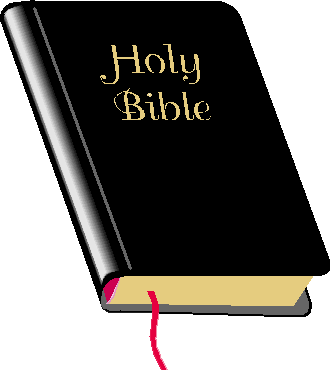The New Living Translation (NLT) is a translation of the Bible into modern English. Originally starting out as an effort to revise The Living Bible, the project evolved into a new English translation from Hebrew and Greek texts. Some stylistic influences of The Living Bible remained in the first edition (1996), but these are less evident in the second edition (2004, 2007).
Textual basis
The Old Testament translation was based on the Masoretic Text (Biblia Hebraica Stuttgartensia) and was further compared to other sources such as the Dead Sea Scrolls, Septuagint, Greek manuscripts, Samaritan Pentateuch, Syriac Peshitta, and Latin Vulgate. The New Testament translation was based on the two standard editions of the Greek New Testament (the UBS 4th revised edition and the Nestle-Aland Novum Testamentum Graece 27th edition).
Translation history
Work on this revision began in 1989 with ninety translators and published in 1996. Soon after that, a new revision was begun and The Second Edition of the NLT (also called the NLTse) was released in 2004.[2] A revision in 2007 comprised mostly minor textual or footnote changes.[3]
Translation philosophy
The New Living Translation used translators from a variety of denominations. The methodology combined an attempt to translate the original texts simply and literally with a dynamic equivalence synergy approach used to convey the thoughts behind the text where a literal translation may have been difficult to understand or even misleading to modern readers. It has been suggested that this "thought-for-thought" methodology, while making the translation easier to understand, is less accurate than a literal (formal equivalence) method, and thus the New Living Translation may not be suitable for those wishing to undertake detailed study of the Bible
Translation properties
The New Living Translation is meant to be easily accessible to readers of modern English. As part of this effort:[4]
- Weights and measures, money, dates and times etc. are described in modern terms, with footnotes giving the literal translation.
- Some phrases are translated into contemporary English; e.g. "they beat their breasts" (Luke 23:48) is translated as "They went home in deep sorrow" with again footnotes providing more literal interpretations.
- Gender-inclusive language is used where the editors believed that it was appropriate, thus ἀδελφοί (adelphoi) is translated "brothers and sisters".
Circulation
In July, 2011 the NLT held 3rd place in Bible sales based upon dollar sales and 2nd place based on unit sales according to the Christian Booksellers Association.[5] In July, 2008, the NLT gained the #1 spot in unit sales, unseating the NIV for the first time in over two decades.[6]
There is a Roman Catholic edition of the NLT with the Deuterocanon, but this edition has not been granted an imprimatur by Catholic authorities, and so the NLT is not officially approved by the Roman Catholic Church for either private study or use in church services.
The NLT is available in numerous editions as well as three study Bible editions: The Life Application Study Bible, The Discover God Study Bible, and The NLT Study Bible. The Cornerstone Biblical Commentary series uses the second edition NLT text as its base.
download torrent file New Living Translation of the Bible mp3
| 



 - Holy Bible online Read, Listen, free download
- Holy Bible online Read, Listen, free download